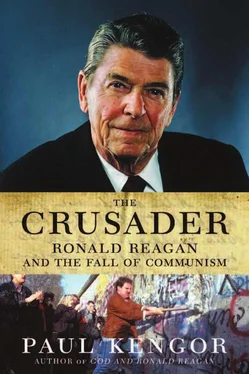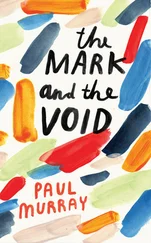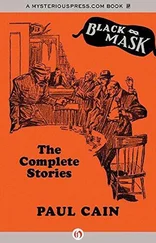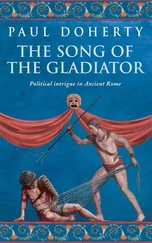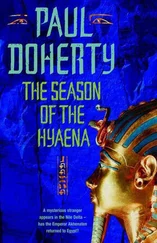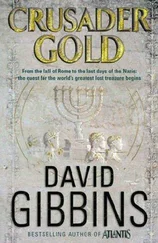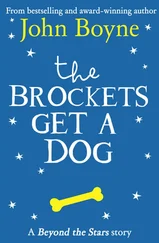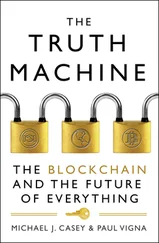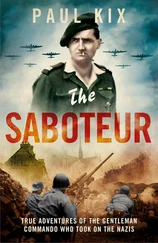Indeed his instincts proved correct and between 1937 and 1964 he would take part in fifty-three films and work with some of the most legendary names in Hollywood—names like Barbara Stanwyck, Humphrey Bogart, Bette Davis, John Wayne, Lionel Barrymore, Ginger Rogers, Doris Day, and Eddie Arnold, among many others. In Knute Rockne, All-American (1940), he beat out Wayne and William Holden for the part of Gipp. 6That same year, he made Santa Fe Trail with Errol Flynn, a picture now considered a classic, with a lineup that included Olivia de Havilland, a huge star coming off the previous year’s epic, Gone With the Wind, for which she was nominated for an Academy Award. Contrary to the modern image of him as a “B” movie actor, at one point Reagan was one of the top five box office draws in all of Hollywood, receiving more fan mail than any actor at Warner Brothers except Flynn. 7He became so successful that in October 1944 he made the cover of Modern Screen magazine. 8
“I only recall respect for him as an actor,” remembered actress Judith Anderson, in a typical assessment. 9Film historian Robert Osborne, the face of Turner Classic Movies, says Reagan was “exceptionally likeable,” had all the ingredients required of a leading man in the 1930s and 1940s, and had won “worldwide recognition.” 10This had the important, wider effect of expanding Reagan’s self-confidence.
Although his star was eventually outshone by many of his industry counterparts, Reagan became revered throughout Hollywood more for his role in SAG than for any part that he played on camera. “Revered” is not a stretch: In one SAG event honoring him, a black-tie gathering at the Friars Club, a procession of dignitaries one by one praised Reagan for the “stature and dignity” he lent to the industry. Cecil B. DeMille reminded the group of the bad preReagan days of Hollywood. Pat O’Brien saluted him as no less than another George Gipp himself. Really piling it on, the great Al Jolson sang “Sonny Boy” and wished and gushed that his own sonny boy, Al Jolson, Jr., could one day ascend “to be the kind of man Ronnie is.” 11
In the end, much of what Reagan eventually accomplished in Hollywood came from his organizing SAG, a natural extension of his deep interest in politics. Spurred in part by his role in short propaganda films that he made for the U.S. War Department during World War II, this interest grew into a passion during the years immediately following the war. By 1946 and 1947, Reagan began a career juggling act, bouncing back and forth between making pictures, political activism, and union work. His effectiveness as SAG president can be measured objectively: he was reelected to the post seven times beginning in March 1947, by huge margins. He was never rejected, and eventually granted a gold life membership card. 12
While Reagan had many responsibilities as SAG president, movies and studio contracts were only half of the Hollywood coin for Reagan, as it was during this time that he was hammered into an iron-clad anti-Communist. Despite the guise of entertainment and glamour, these crucial years had an immeasurable impact on his view of international Communism and America’s responsibility to confront it. His presidency with SAG planted seeds that would come to fruition four decades later. “I know it sounds kind of foolish maybe to link Hollywood, an experience there, to the world situation,” he said from the White House in 1981, “and yet, the tactics seemed to be pretty much the same.” 13When aide Lyn Nofziger cautioned him about the Soviets at Reykjavik, he responded: “Don’t worry. I still have the scars on my back from fighting the Communists in Hollywood.” 14He judged his Hollywood experience “hand-to-hand combat.” 15
One of his first scrapes came July 2, 1946, at his first council meeting of the Hollywood organization HICCASP, a group which had moved so far to the left, and included so many Communists, that it was frequently accused of being a Communist front. Though Reagan’s involvement with HICCASP started as early as 1944, he later admitted that he was very “naïve” regarding its true colors when he first began his association. Those true colors were made remarkably clear during that July day in 1946. It was then that group member James Roosevelt, FDR’s son and, like Reagan, a non-Communist liberal, suggested a group statement repudiating Communism. By Reagan’s description, “a Kilkenny brawl” erupted. Musician Artie Shaw sprang to his feet, offering to recite the Soviet constitution by memory, which he claimed was “a lot more democratic” than the U.S. Constitution. A writer yelled that if there were ever a war between the United States and USSR, he would volunteer for the Soviets. When Reagan endorsed Roosevelt’s proposal, he was showered with epithets, called a fascist, “capitalist scum,” “witch-hunter,” “red-baiter,” an “enemy of the proletariat.” 16
This fracas was not unusual for Reagan, who found himself in a number of similar situations in 1946. Actor Sterling Hayden vividly remembered one such occasion, when he went head-to-head with Reagan. Hayden, who played the Air Force general who launched nuclear war in “Dr. Strangelove,” had been a marine in World War II, for which he was decorated for his actions parachuting behind enemy lines in Yugoslavia.
He was also a Communist.
One evening in 1946, Reagan, along with fellow actor and anti-Communist William Holden, decided to crash a meeting convened by Hollywood Communists who were making a final push to organize the film industry. The Reds were counting on new recruit Hayden to lead the discussion, and this was to be a big moment for the organization.
The crowd of about seventy-five was “astonished and miffed” when Reagan and Holden walked through the door. Reagan sat with the rest of the gathered, listened politely, and then waited for the right moment to ask for the floor. He managed to keep his temper during a forty-minute presentation in which he was repeatedly interrupted, booed, and cursed. He would not be bullied, and held forth.
As Hayden himself later put it, Reagan coolly “showed up and took over and ground [Hayden] into a pulp;…he dominated the whole thing.” As historians Ronald and Allis Radosh show, this seemingly somewhat minor incident was a seminal moment in helping to end the “golden era” of Hollywood Communists, who were unable to hijack the unions and were ultimately exposed as stooges to Moscow. 17
While much of Reagan’s early fights against Communism happened behind closed doors and between the lines of SAG papers, his first public confrontation with the USSR has been overlooked by historians. A bridge from his frequent attacks on Nazism during the war period to his subsequent assault on the next totalitarian threat, Bolshevism, this particular fight stemmed from Reagan’s speeches as SAG president on behalf of the so-called “DPs,” the Displaced Persons. A daily headline in 1947, the DPs initially were survivors of World War II fascism, mainly from Germany, Italy, and Austria, and were primarily Jews. Once the war ended, the list of DP-designated peoples widened to include 1.3 to 1.5 million individuals escaping Soviet-occupied areas in Eastern Europe, though they still included numerous Jews who longed for the creation of a homeland in Palestine (later called Israel). The Eastern Europeans, reported the New York Times, would “dare not go back…because they will not submit to the arbitrary governments which have been imposed on their homelands [by the USSR].” 18
The DPs were held in camps, at a large cost to the United States. 19Soviet officials, doing what they did best, outrageously claimed that the United States was holding the DPs as a source of semi-slave labor—a charge dismissed by Eleanor Roosevelt, who was intimately involved in the issue, as “utterly untrue.” 20Moscow demanded that the DPs be forcibly repatriated to areas of Eastern Europe now subject to Soviet control. Secretary of State George C. Marshall adamantly rejected the demand. 21
Читать дальше
